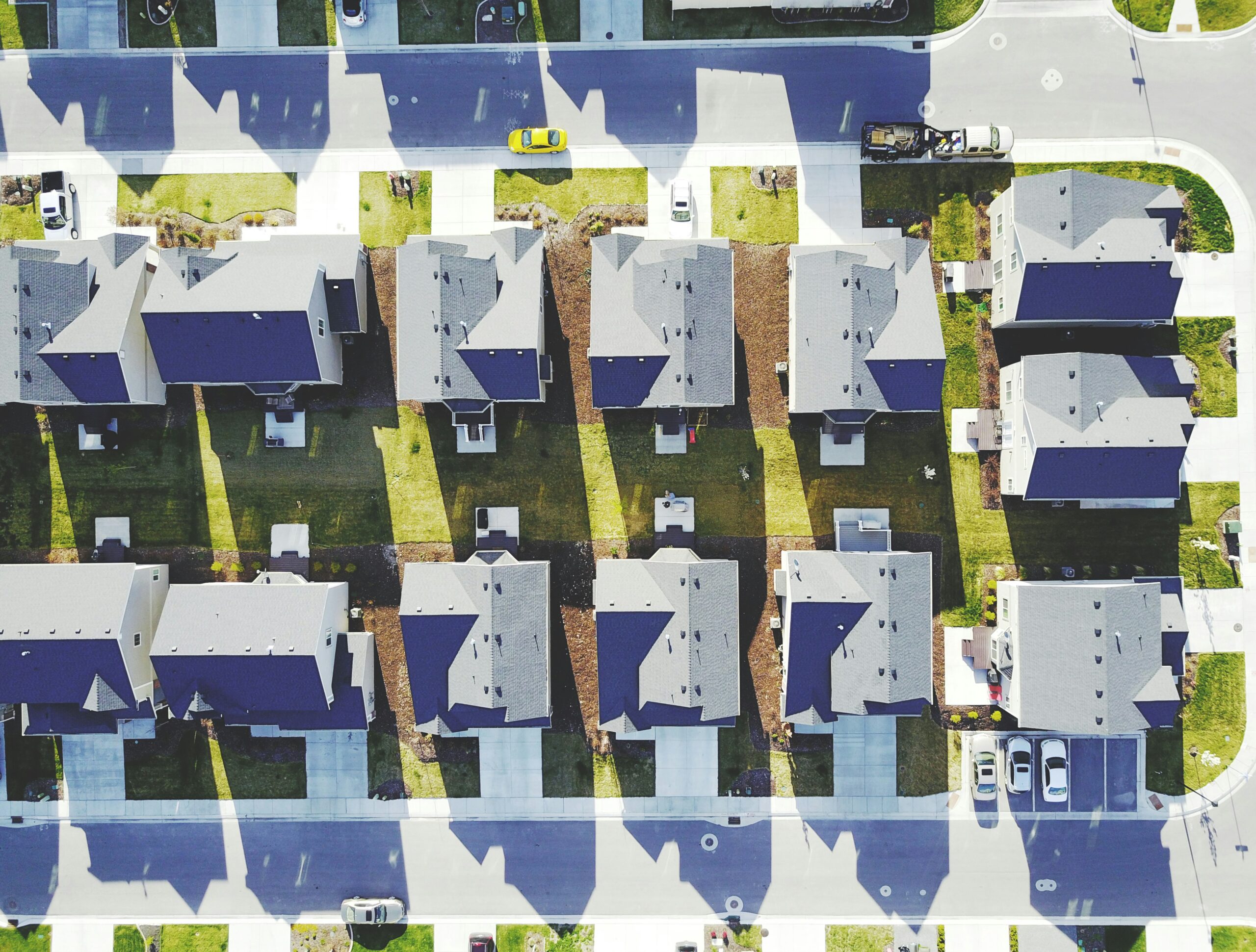
Residential development has changed dramatically in recent years. What once relied on traditional construction and long timelines is now being reshaped by innovation, sustainability, and technology. Modern methods in residential development are not only improving how homes are built but also transforming the way people live. From energy efficiency to more innovative construction techniques, the housing industry is embracing approaches that are faster, safer, and more sustainable.
The Shift Toward Smarter Design
One of the most significant changes in residential development is the growing emphasis on innovative design. Today’s homeowners want more than just four walls and a roof. They want spaces that match their lifestyles, save energy, and provide comfort. Developers are responding by using advanced planning tools that help design homes with better layouts and efficient use of space.
Technology plays a significant role here. Computer-aided design and 3D modeling allow developers to visualize entire communities before breaking ground. These digital tools help reduce mistakes, lower costs, and create homes that meet both practical needs and modern tastes.
Prefabrication and Modular Construction
Another major shift in residential development is the adoption of prefabrication and modular construction. Instead of building everything on-site, parts of a home are manufactured in factories and then transported for assembly. This method reduces construction time and limits weather delays, making it possible to complete housing projects much faster.
Modular construction is also more sustainable. Since components are built in controlled environments, there is less waste compared to traditional building sites. Many developers are turning to this method not only to speed up projects but also to provide more affordable housing options without sacrificing quality.
Embracing Green Building Practices
Sustainability has become a top priority in residential development. Homebuyers are increasingly aware of their environmental impact and are seeking houses that support eco-friendly living. Modern developers now integrate green building practices into almost every stage of construction.
Energy-efficient windows, solar panels, and advanced insulation are becoming standard features in many new homes. Developers are also utilizing sustainable materials, including recycled steel, bamboo, and reclaimed wood. Beyond individual homes, entire communities are being planned with green spaces, water conservation systems, and walkable designs that encourage healthier lifestyles.
Smart Home Technology Integration
Technology has moved from our phones into our homes. Smart home systems are one of the most exciting developments in residential construction. Developers are including integrated systems that allow residents to control lighting, temperature, security, and even appliances with a single device.
Smart homes not only provide convenience but also improve energy efficiency. Automated systems can reduce power use when no one is home, and smart thermostats help keep utility bills low. With technology becoming increasingly affordable, these features are no longer limited to luxury housing but are also appearing in mainstream residential projects.
The Rise of Mixed-Use Communities
Modern residential development extends beyond single homes and encompasses entire neighborhoods. One growing trend is the development of mixed-use communities. These areas combine housing with shops, restaurants, offices, and recreational spaces.
By blending different elements, developers create communities where residents can live, work, and play without needing to travel far. This approach not only makes neighborhoods more vibrant but also reduces traffic and supports sustainable living. Many people are drawn to these communities because they provide convenience and a stronger sense of connection.
Faster and Safer Construction Methods
Safety and efficiency are key in today’s residential development. Developers are now using drones, robots, and advanced machinery to monitor construction sites and handle once labor-intensive tasks. Drones provide real-time data on site progress, while robotic equipment helps speed up repetitive tasks and reduces workplace accidents.
These advancements not only make construction safer for workers but also shorten timelines, allowing new housing projects to reach the market more quickly. As labor shortages persist in many areas, these innovations are enabling developers to keep pace with demand.
Responding to Housing Demands
One of the challenges in residential development today is meeting the growing demand for affordable housing. Modern methods are helping developers respond by reducing costs and building more efficiently. Prefabrication, modular units, and smaller yet more brilliant home designs all contribute to creating housing that is both affordable and of high quality.
Developers are also working closely with city planners to create housing solutions that fit into urban spaces. In many cities, unused lots and old buildings are being transformed into modern residential units that bring new life to communities while addressing the housing shortage.
Looking Ahead
The future of residential development is being shaped by innovation, sustainability, and technology. Homes are no longer just physical structures; they are innovative, efficient, and environmentally friendly spaces that reflect the needs of modern life. As developers continue to adopt new methods, communities will become more connected, affordable, and sustainable.
Modern methods in residential development are not just trends; they are essential steps toward building a better future. By combining more innovative design, advanced technology, and sustainable practices, developers are creating homes and neighborhoods that will serve future generations.